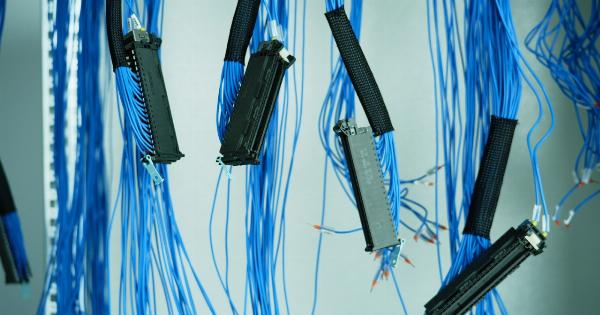Knee and hip surgeries are quite common today, although they still pose a challenge for both the surgeons and patients. These surgeries usually involve a significant period of postoperative pain and rehabilitation.
In the past, traditional surgical methods were used to perform hip and knee replacements, and it often took weeks to months of recovery time before the patients could resume their normal activities. However, medical technology has advanced in recent years, leading to the development of robotic surgical devices that are transforming the way these surgeries are conducted.
What is the MACO Robotic System?
The MACO robotic system is a revolutionary surgical device designed to improve accuracy and precision in knee and hip replacements.
This cutting-edge technology combines advanced imaging with robotic technology and computer software to help surgeons perform minimally invasive surgery with greater control and precision.
How does the MACO Robotic System Work?
The MACO robotic system uses a 3D model of the patient’s knee or hip to simulate the surgery before it takes place.
The surgeon uses this digital model to plan the procedure, which improves accuracy, reduces time in surgery, and can decrease the risk of complications. During the operation, the robot guides the surgeon to remove the damaged bone and cartilage. The robotic arm then accurately places the artificial joint, creating a precise fit that can reduce wear and tear over time.
What are the Advantages of the MACO Robotic System?
The MACO robotic system has many benefits, including:.
- Precise and accurate bone cuts
- Less trauma to the surrounding tissue
- Decreased blood loss
- Shorter hospital stay
- Faster recovery time
- Improved implant alignment and positioning
- Lower risk of complications
Who is a Candidate for the MACO Robotic System?
Candidates for the MACO robotic system are typically patients who require a partial or total hip or knee replacement due to osteoarthritis, rheumatoid arthritis, fractures, or other injuries.
What is the Recovery Process?
The recovery process for the MACO robotic system is typically faster than traditional surgery. Patients are usually able to begin moving the affected joint immediately after surgery and can begin physical therapy exercises the next day.
Patients may expect to go home from the hospital within a couple of days following surgery, and many can return to work or resume their normal activities in just a few weeks.
Are there any Potential Risks or Complications?
Like any surgery, there is a risk of complications with the MACO robotic system. However, because the MACO robotic system is designed to be minimally invasive, the risk of complications is generally lower than with traditional surgery.
Conclusion
The MACO robotic system is revolutionizing knee and hip surgeries, providing patients and surgeons with a new level of precision and accuracy.
The robotic system’s advanced technology allows surgeons to perform minimally invasive surgeries that result in faster recovery times, improved patient outcomes, and better implant alignment and positioning. As medical technology continues to advance, we can expect to see even more advanced forms of robotic surgery that will transform the way we think about surgical procedures.































